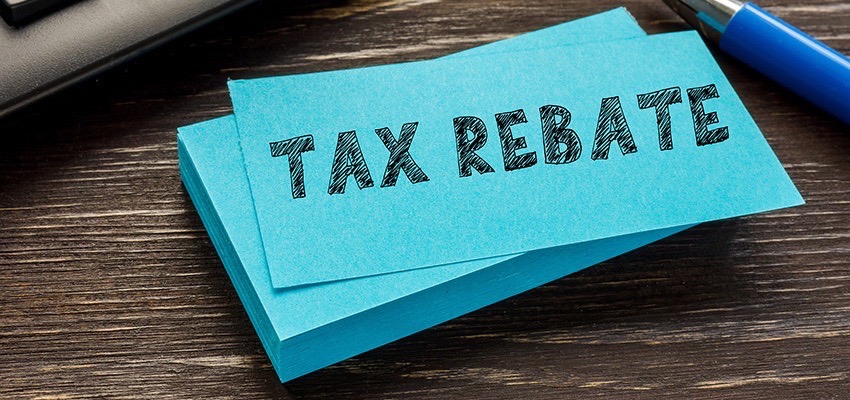Under the Exempt-Exempt-Exempt or EEE scheme, earnings, gains as well as withdrawals are tax-free*. It is a popular tax-saving scheme that helps in long-term financial planning.
Taxes act as fuel for government funding. They are crucial for supporting necessary public services, such as education and healthcare. While paying taxes is the responsibility of every eligible citizen within a country, high taxation can lead to a financial burden on some taxpayers. At this point, concepts like EEE come into play.
Exempt-Exempt-Exempt, or EEE, is an important concept in the taxation system that allows individuals to build wealth and save tax while complying with the regulations. Under this scheme, all investments, earnings and withdrawals remain tax-free.
Simply put, you can grow your savings and earn interest on them without worrying about paying anything to the tax authorities under the EEE scheme of Section 80C.
Let us discuss more about the EEE scheme, including EEE tax regime investment products, in detail.
What is EEE in Income Tax?
Exempt-Exempt-Exempt is a tax-exemption scheme that correlates with the deductions under Section 80C of the Income Tax Act. Certain tax-saving instruments can be utilised under this scheme to save tax on investments, interests, and maturity.
- Suppose you invest a certain amount in EEE investment options like PPF or ULIPs**. In this scenario, your initial investment or contribution towards the chosen plan is tax-free. It means that part of your salary contribution towards the plan will not be taxed. This is the first “Exempt” of the EEE scheme.
- As your investment grows and it starts gaining interest, those interests or gains will be tax-free. This is the second “Exempt” of the EEE scheme.
- Finally, at the time of maturity, if you want to withdraw the fund, the amount will not be taxed. It means you neither have to pay taxes on your principal nor cumulative interest. This is the third and final “Exempt” of the EEE scheme.
Top EEE Investment Options to Consider
Now that you have understood the various types of provident Funds let us take a look at tax implementations on all these types:
Public Provident Fund (PPF)
Public Provident Fund (PPF)

Perhaps the safest and most popular tax-saving scheme that has benefited individuals for decades is the PPF. It is still a highly sought-after investment option among taxpayers due to its risk-free nature.
Backed up by the Central Government, it offers an opportunity to earn tax-free returns. You can open a PPF account in the bank or any local post office.
Note that this scheme has a 15-year initial lock-in period. Once the plan reaches maturity after 15 years, you can extend the tenure in a block of five years. Under Section 80C, PPF offers tax deductions up to ₹1,50,000 per annum.
Unit Linked Insurance Plans (ULIPs)**
ULIPs**, or Unit Linked Insurance Plans, are known for offering a variety of investment features and benefits. Some of the most attractive features of ULIPs include automatic portfolio management, goal safety, and multi-fund allocation.
In general, most ULIPs offer around 5 to 9 fund options with different asset and equity allocations2. Further, they usually come with a lock-in period of five years, but you can extend it up to 20 years, depending on your preferences. Besides Section 80C deductions, ULIPs also offer exemptions on death benefits under Section 10(10 D).
Equity Linked Savings Scheme (ELSS)
It is another EEE investment option that can be used for saving tax. Note that it allows you to enjoy tax-free capital gains up to ₹1,00,000. However, as your gains exceed ₹1,00,000, you will have to deal with long-term capital gains tax (LTCG) at the rate of 10%.
Sukanya Samriddhi Yojna (SSY)
Sukanya Samriddhi Yojna was introduced as a part of the “Beti Bachao Beti Padhao” initiative of the government. It aims at assisting the guardian of a female child to raise funds for her future. You can have an SSY account in the name of your girl child, offering an annual interest rate of 7.6%. Note that the maturity amount and the interest earned are tax-free under this scheme.
Employee Provident Fund (EPF)
Finally, EPF, or simply PF, is a retirement program that falls under the EEE scheme. In this option, employers and employees are eligible for interest and are not subject to tax implementations under certain conditions. If you withdraw your EPF amount after its maturity, all your contributions, interests and withdrawals remain tax-free.
Final Thoughts
Exempt-Exempt-Exempt (EEE) has become a popular tax-saving option among taxpayers. Investing in products under the EEE scheme helps you maximise your earnings and gains while minimising your tax liabilities.
In this blog, we have discussed the top EEE investment options to choose from. Now, it is your turn to make the right choice considering your financial situation, annual income, long-term financial goals, and other deductions under Section 80C. We hope it helps!









 FOR EXISTING POLICY
FOR EXISTING POLICY 
 FOR NEW POLICY
FOR NEW POLICY 






